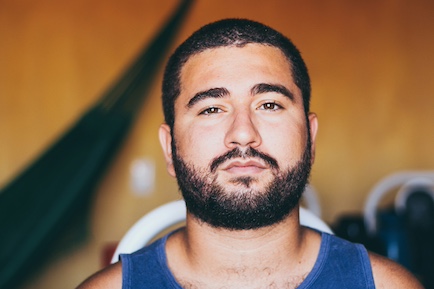Facial hair transplant and implant procedures have gained popularity for those looking to enhance or establish facial hair growth where it is sparse or non-existent. These procedures are especially useful for individuals who struggle with patchy beards, scars, or those who wish to have a fuller beard.
Below is a detailed description of these procedures, including their types, processes, and considerations.
Types of Facial Hair Transplants and Implants
There are two main beard transplant options for men looking to have a facial hair implant:
Follicular Unit Extraction (FUE):
This method involves the individual extraction of hair follicles from a donor area (typically the back of the scalp) using a micro punch tool. The extracted follicles are then implanted into the facial areas lacking density. This method is favored for its minimal scarring and shorter recovery time.
Follicular Unit Transplantation (FUT):
Also known as the strip method, FUT involves removing a small strip of skin with hair follicles from the donor area. The strip is then dissected into individual follicular units, which are implanted into the beard area. This method may leave a linear scar but allows for the transplantation of a larger number of follicles in one session.

The Transplant Process
There is a clear procedure for carrying out a beard transplant. Lets go through the steps.
Consultation and Planning
Initially, a consultation with a qualified hair transplant surgeon is necessary to discuss the desired outcome and evaluate the donor and recipient areas. The surgeon will outline a plan for the number of grafts needed and the design of the beard.
Extraction
Depending on the chosen method (FUE or FUT), hair follicles are extracted from the donor area. The process is meticulous, ensuring the health and viability of each follicle.
Preparation of the Recipient Area
The surgeon makes tiny incisions in the beard area, following the natural growth pattern to ensure a realistic appearance.
Implantation
The extracted follicles are carefully implanted into the incisions made in the recipient area. This step requires skill to ensure the angle and direction of growth mimic natural beard hair.
Recovery
Recovery times can vary, but patients can typically expect some redness, swelling, and discomfort in the treated areas. Most can return to normal activities within a few days, with full healing taking a few weeks.
Considerations and Expectations

Before you embark on your facial hair transplant here are some key areas you should consider as well as managing your own expectations on the outcome of the procedure:
Donor Hair Match
The success of the transplant greatly depends on the quality and characteristics of the donor hair. Ideally, the hair should closely match the texture and color of existing facial hair.
Growth and Results
Transplanted hair initially falls out within a few weeks, a process known as shock loss. However, new growth starts within 3-4 months, with full results visible after 6-12 months.
Risks and Side Effects
As with any surgical procedure, there are risks of infection, scarring, and uneven hair growth. Choosing a skilled and experienced surgeon can minimize these risks.
Cost
The cost of facial hair transplant procedures can vary widely depending on the number of grafts, the method used, and the surgeon's experience. It's considered a cosmetic procedure, so it's unlikely to be covered by insurance.
Alternatives To Beard Implants
For those not ready for a transplant, other non-surgical options such as minoxidil (Rogaine), hormone therapy, or temporary beard fillers may be considered. However, these alternatives often provide less permanent solutions compared to transplants.
In summary, facial hair transplants and implants offer a permanent solution for enhancing beard density and coverage. The procedures require careful planning and execution by experienced professionals, with considerations for the natural growth patterns, donor hair characteristics, and patient expectations.